I centri storici del Subappennino Dauno: un patrimonio in pericolo tra abbandono e sottovalutazione del rischio sismico
Abstract
L’area dei Monti Dauni (Puglia) è delimitata ad est dalla pianura del Tavoliere e ad ovest dallo spartiacque appenninico ed è attraversata dall’omonima catena montuosa. Centri storici di antica formazione sorgono arroccati su queste alture. Condizioni di insediamento che, nel tempo, sono diventate poco agevoli per gli abitanti: lo sviluppo di grandi poli urbani capaci di offrire un altissimo numero di servizi nello stesso luogo e la nascita di reti infrastrutturali che hanno privilegiato percorrenze più pianeggianti, hanno avviato un fenomeno di abbandono di questi centri in favore della grande città.
Il calo demografico e l’innalzamento dell’età media dei residenti hanno portato ad una diminuzione della tutela attiva del costruito storico e del territorio. Diretta conseguenza dell’assenza di un’idonea attività di manutenzione è l’incremento dei fattori di rischio: rischi idrogeologici e dissesti del costruito. A questa situazione di “instabilità” si somma l’esposizione al rischio sismico, spesso sottovalutata.
Il centro di Accadia è un caso eclatante: un nucleo di crinale, che nel tempo ha subito un lento processo di spopolamento e conseguente degrado, acuito dai terremoti del 1930 e del 1962, che hanno portato ad un totale abbandono del borgo. La Regione Puglia ha indicato la zona dei Monti Dauni come area-pilota nella Strategia Nazionale per le Aree Interne, con l’obiettivo di recuperare, mettere in sicurezza e valorizzare il territorio ed i nuclei insediativi sopracitati.
The historical centres of the Dauno Subappenine area: a heritage in danger through abandonment and underestimation of seismic risk
The Dauni Mountains area (Puglia) is bound to the east by the Tavoliere plain, to the west by the Apennine watershed and is traversed by the mountain chain of the same name. Historical centres of ancient origins cling to these highlands. The conditions of these settlements were in time to become inconvenient for their inhabitants: the development of large urban centres able to offer a very wide range of services all in the same location, together with infrastructure networks favouring flatter travel, triggered a process of abandonment of these same settlements towards the big cities.
The demographic fall and the increase of residents’ average age has led to a reduction in the active safeguarding of historical building and of the local area. A direct consequence of the absence of appropriate maintenance is the rise of risk factors: hydro-geological risk and building collapse. We must add to this “unstable” situation an exposure to seismic risk, which is often underestimated.
The village of Accadia is a striking example. This is a hilltop village which over the course of time has suffered a slow process of depopulation and consequent decay, sharpened by the 1930 and 1962 earthquakes, which has led to the complete abandonment of the village. The Puglia Region has indicated the Monti Dauni area as a pilot area within the National Strategy for Internal Areas, with the aim of making safe and enhancing both the surrounding territory and the above-mentioned settlements.
Parole chiave
Full Text
PDFDOI: https://doi.org/10.14633/AHR288
Refback
- Non ci sono refbacks, per ora.
Copyright (c) 2020 Gabriele Ajò

This work is licensed under a Creative Commons Attribution-NonCommercial 4.0 International License.
........................................................................................................................................................................................................................................................................................................................................................
ArcHistoR è una rivista open access e peer reviewed (double blind), di Storia dell’architettura e Restauro, pubblicata con cadenza semestrale dall'Università Mediterranea di Reggio Calabria (Laboratorio CROSS - Storia dell'architettura e Restauro, dAeD - Dipartimento di Architettura e Design).
ISSN 2384-8898
![]()

Comitato scientifico internazionale
Maria Dolores Antigüedad del Castillo-Olivares, Monica Butzek, Jean-François Cabestan, Alicia Cámara Muñoz, David Friedman, Alexandre Gady, Jörg Garms, Miles Glenndinning, Mark Wilson Jones, Loughlin Kealy, Paulo Lourenço, David Marshall, Werner Oechslin, José Luis Sancho, Dmitrij O. Švidkovskij
Comitato direttivo
Tommaso Manfredi (direttore responsabile), Giuseppina Scamardì (direttrice editoriale), Antonello Alici, Salvatore Di Liello, Fabrizio Di Marco, Paolo Faccio, Mariacristina Giambruno, Bruno Mussari, Annunziata Maria Oteri, Francesca Passalacqua, Edoardo Piccoli, Renata Prescia, Nino Sulfaro, Fabio Todesco, Guglielmo Villa
 .
. 


2.jpg)
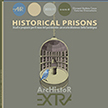
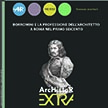


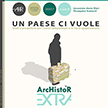
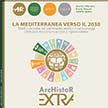
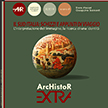
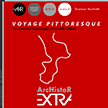
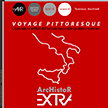
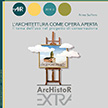
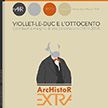
_2.jpg) .
. 
 .
. 

